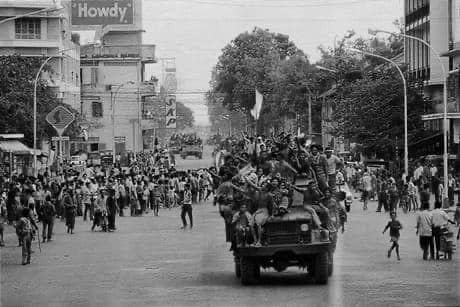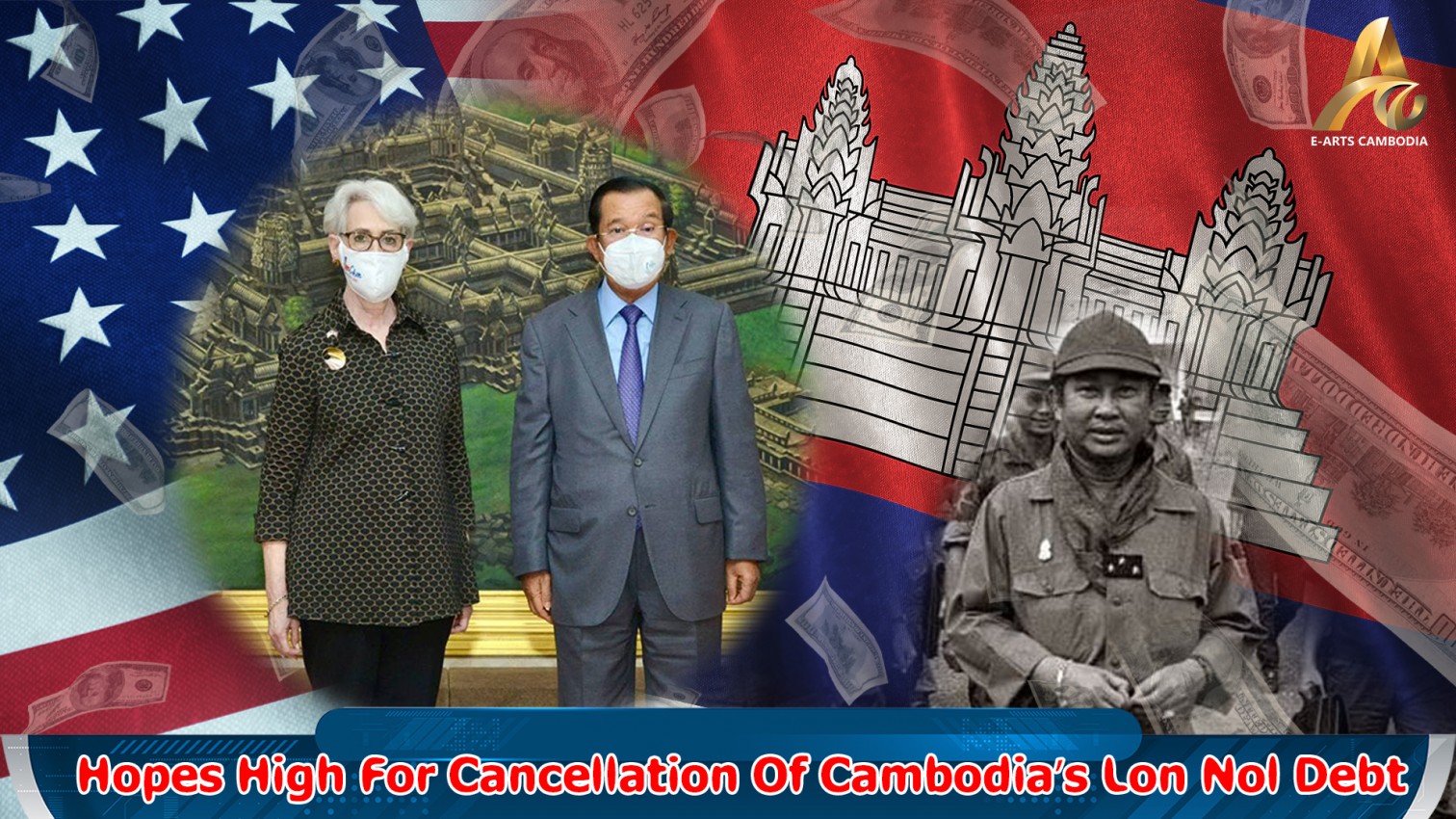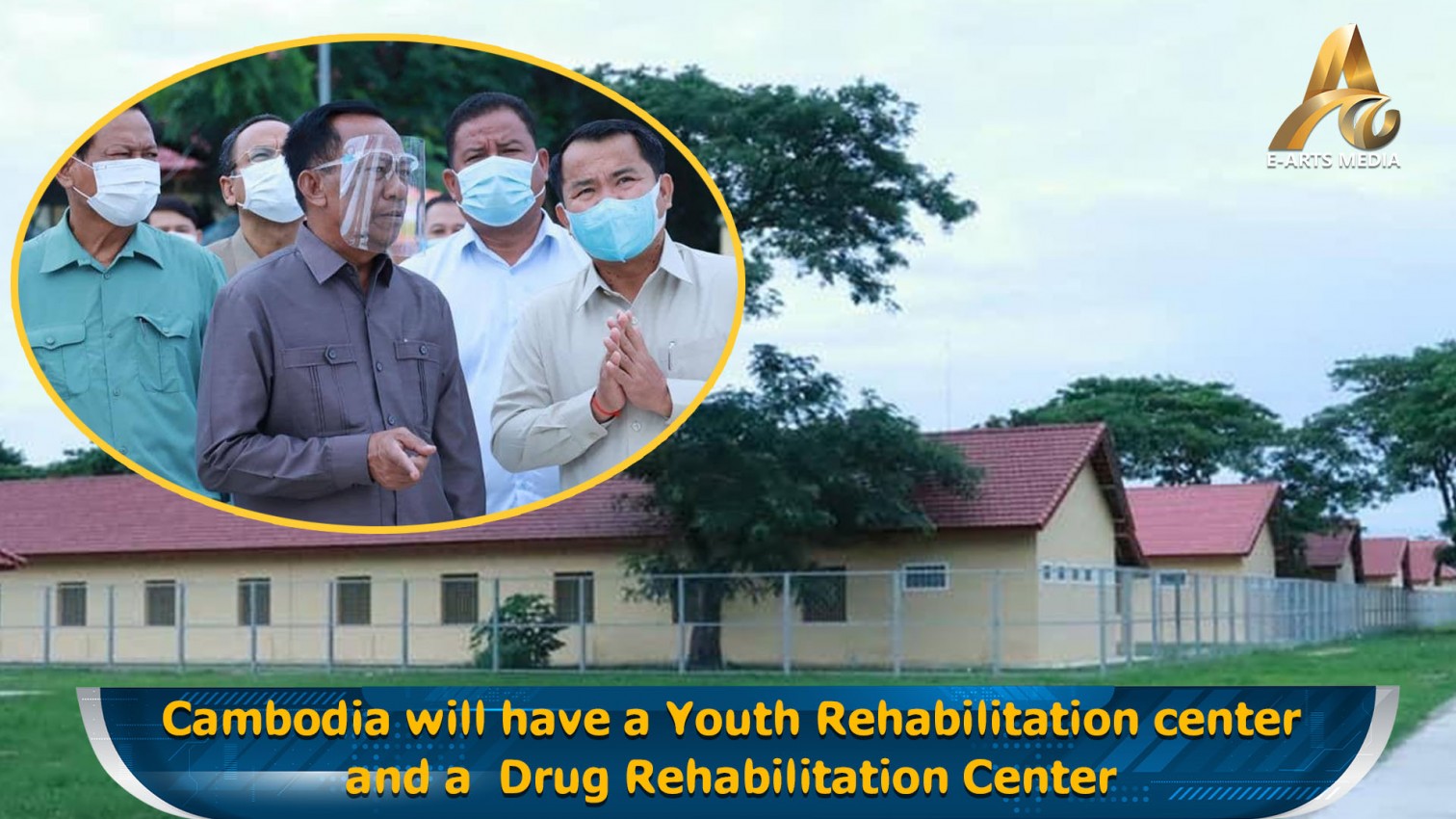Phnom Penh– On the morning of April 17, 1975, Cambodia woke up to a new reality, one that would forever alter the course of its history. As the red flag with the yellow Angkor Wat temples ascended, signaling the end of President Lon Nol's regime, hope flickered briefly in the hearts of a weary populace.
For years, Cambodians had endured the ravages of war, longing for peace and stability. But their dreams were shattered within hours as the Khmer Rouge, under the leadership of Pol Pot, unleashed a reign of terror unparalleled in modern history.
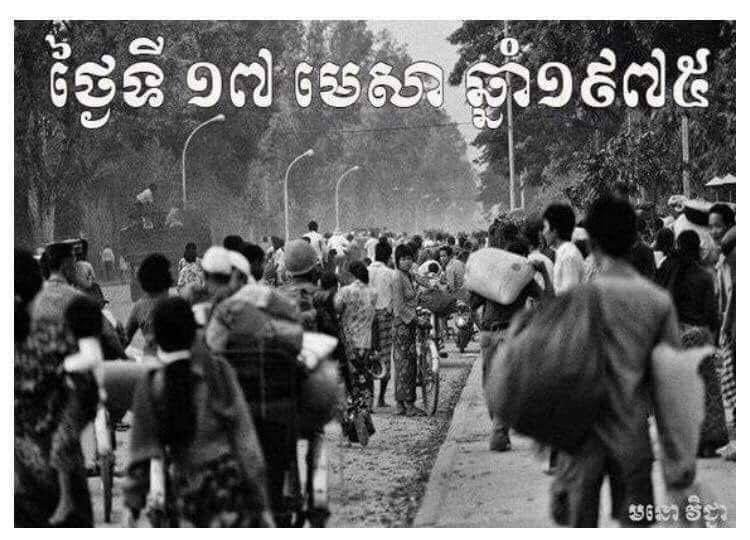
The bustling streets of Phnom Penh were transformed into scenes of chaos and despair as millions were forcibly evacuated from the capital. Families were torn apart, ordinary citizens dragged from hospitals, and soldiers executed without mercy.
Under the guise of building a utopian society, the Khmer Rouge instituted draconian policies that extinguished individual freedoms and extinguished the very essence of Cambodian identity. Markets were abolished, private property seized, and religion eradicated. Those deemed enemies of the revolution were ruthlessly purged, their families condemned to labor camps or death.
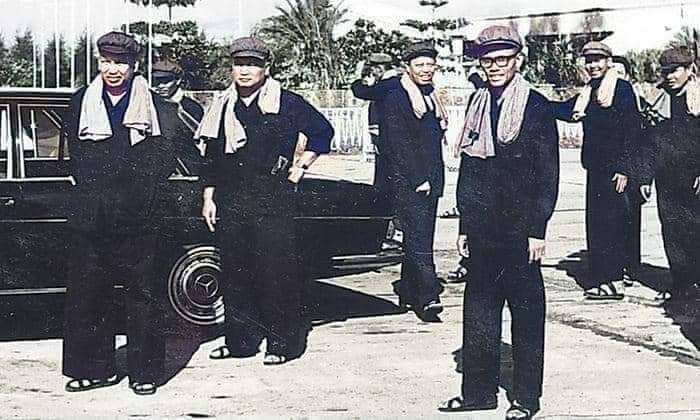
The horrors inflicted by Pol Pot's regime knew no bounds. Torture centers such as S-21, formerly Tuol Sleng High School, became symbols of terror, where thousands met their gruesome fate at the hands of merciless interrogators.
As Cambodia descended into darkness, the world watched in horror as over 1.7 million lives were snuffed out in the name of ideology. The legacy of April 17, 1975, serves as a grim reminder of the depths of human depravity and the fragility of freedom.
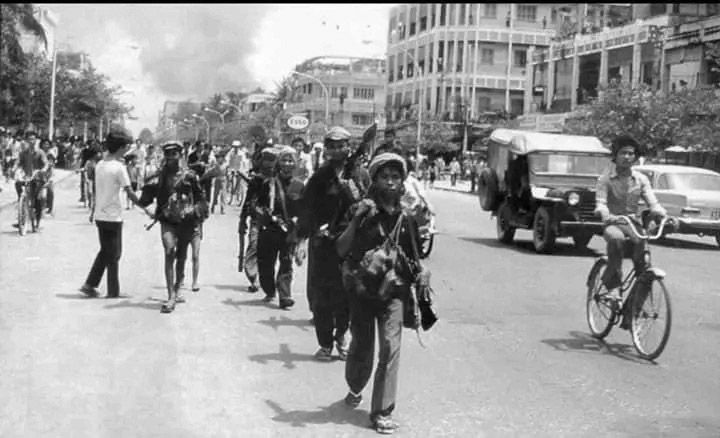
Today, as we reflect on this dark chapter in Cambodian history, we vow to never forget the lives lost and the atrocities committed. We must strive to ensure that such horrors are never repeated, lest the right to life be revoked once again.




